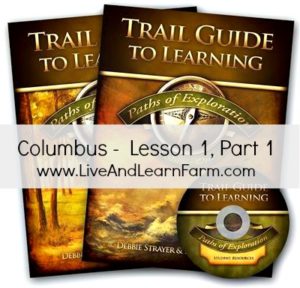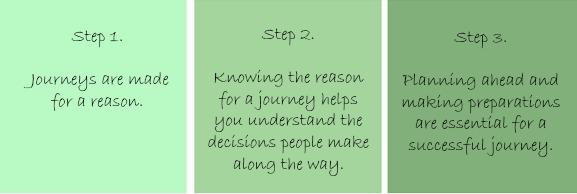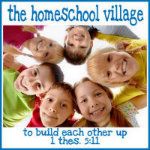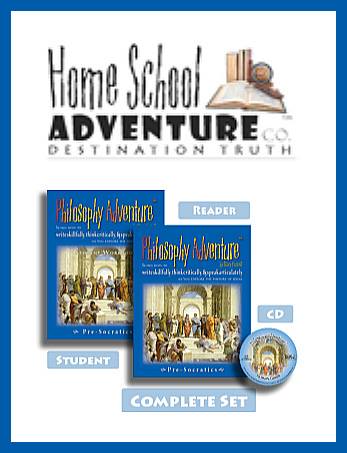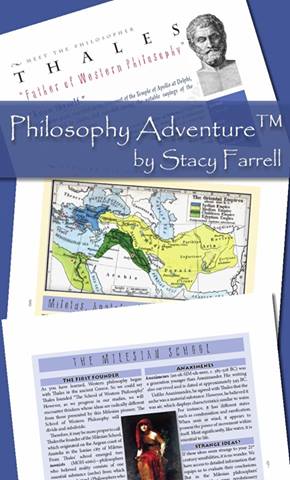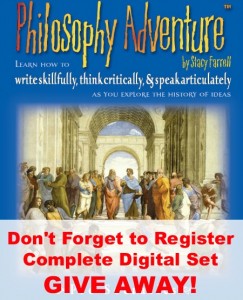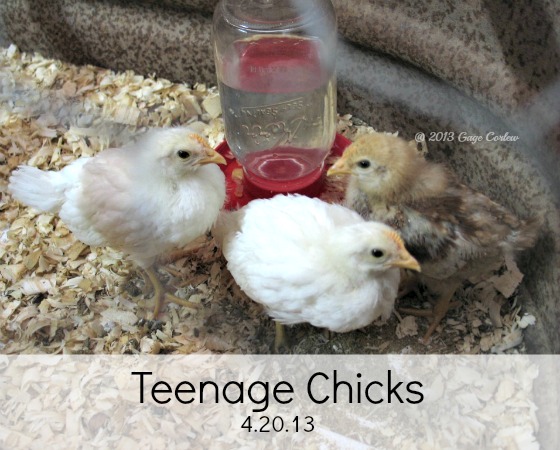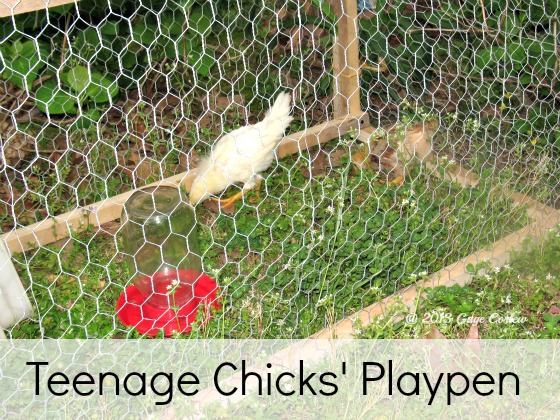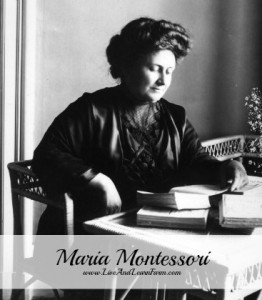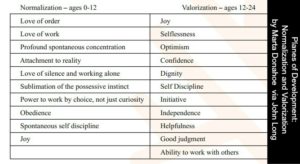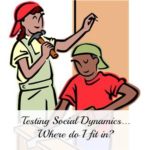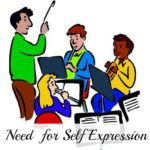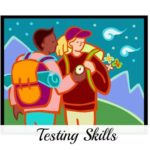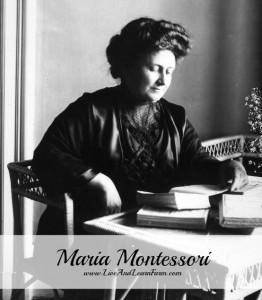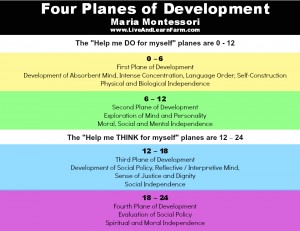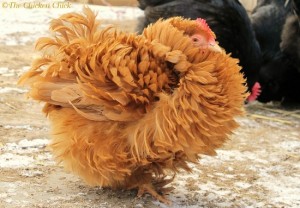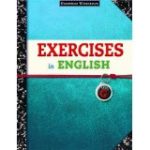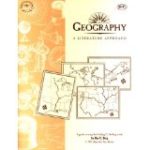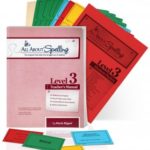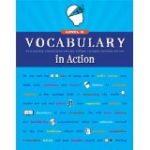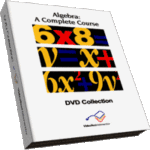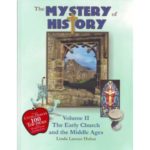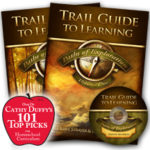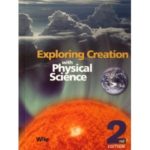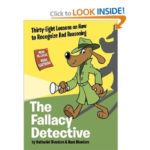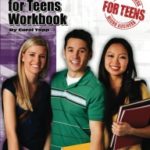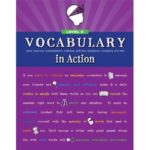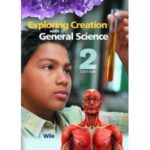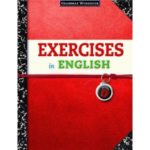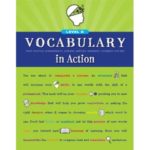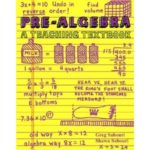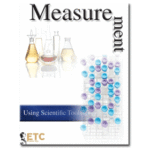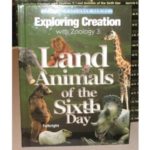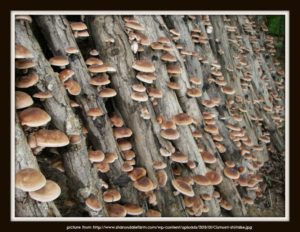
Launch Day! We started Paths of Exploration by Trail Guide to Learning today! As most of you know, we homeschool with a very hands-on (Montessori-ish) approach to education, so we are using lots of supplemental resources to augment this course. We are doing the entire Paths of Exploration as an intensive study over the summer, so there will be lots of territory covered in my posts! As I post these articles, I will also be giving reviews of their product in a real-world, running review of this curriculum. This article is about Paths of Exploration Columbus Lesson 1 Part 1.
We decided to do the upper elementary section for all of Columbus first and then circle back and do the Middle School supplement curriculum after we finish Columbus Upper Elementary curriculum. That way, all of the boys have the foundation that the Upper Elementary curriculum lays first before we jump into a more extensive Columbus Middle School study. Besides, we are just figuring out the style of this curriculum and I’m already seeing areas that need to be refined and cleaned up! But we are going to do Columbus Unit pretty much as it is presented in both the Upper Elementary and the Middle School texts with a few minor modifications. After we have completed both texts, we may decide to modify our approach.
Section A is Copywork/Dictation with “Language Skills” being the area mentioned as the target for this section. I really thought I would skip this section before we started, but I decided to teach Columbus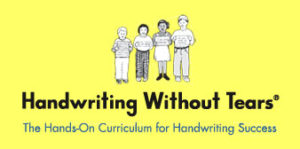 pretty much as it is presented and I am glad I did (at least for this section). It is good for them to hear poetry and to try to transcribe it from my dictation. Any missed words become part of their vocabulary words for that week. It was fun and it is a great way for me to keep their handwriting skills up. All of the boys are excellent at writing (Thank you Handwriting without Tears!)… and yes, they learned how to write cursive!! The dictation was from an original poem by Debbie Strayer (one of the authors).
pretty much as it is presented and I am glad I did (at least for this section). It is good for them to hear poetry and to try to transcribe it from my dictation. Any missed words become part of their vocabulary words for that week. It was fun and it is a great way for me to keep their handwriting skills up. All of the boys are excellent at writing (Thank you Handwriting without Tears!)… and yes, they learned how to write cursive!! The dictation was from an original poem by Debbie Strayer (one of the authors).
Section B is Reader with “Language Skills, Thinking Skills, and History” listed as the areas targeted by this work area. This is where everything was terribly mixed up! There are two required reading books about Christopher Columbus. One is Meet Christopher Columbus 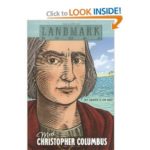 and the other is Christopher Columbus. Since the names are so close, it would have been helpful if they explained which one to read from (maybe giving the author each time).
and the other is Christopher Columbus. Since the names are so close, it would have been helpful if they explained which one to read from (maybe giving the author each time).
Section C is Read-Aloud and Discussion and the targeted areas for this section are “Language Skills, Thinking Skills and Writing”. I have no idea why there are two sections both with a focus on reading aloud. This is why it was confusing. In Section B it says “read one or two pages aloud” but in Section C it states “listen as your teacher reads pages 1-6 aloud”. The boys JUST read pages 1-2 aloud and now I’m reading these same pages again? I thought maybe I had the boys read the wrong book aloud, but no, it’s the same book Christopher Columbus. So, this was confusing. We have two hard copies of both these books for us to use but I also purchased a Kindle version of Meet Christopher Columbus and the boys all downloaded it onto their Kindles for  their read aloud sections. I had all three boys take turns reading paragraphs. The Bennie Rhodes book was not available as a Kindle download. Anyway, they really enjoyed being able to read it from their own Kindles (and even figured out how to have their kindles read to them… LOL)! The discussion question was terribly basic for this age group (What do you think Christopher Columbus’ dream was when he was a young boy?”. Both books we read aloud provided the answer. If you were paying half a second of attention, you would have this question answered. Maybe that was the point for the first Lesson, but the boys could have handled a much more thought-provoking question!
their read aloud sections. I had all three boys take turns reading paragraphs. The Bennie Rhodes book was not available as a Kindle download. Anyway, they really enjoyed being able to read it from their own Kindles (and even figured out how to have their kindles read to them… LOL)! The discussion question was terribly basic for this age group (What do you think Christopher Columbus’ dream was when he was a young boy?”. Both books we read aloud provided the answer. If you were paying half a second of attention, you would have this question answered. Maybe that was the point for the first Lesson, but the boys could have handled a much more thought-provoking question!
Section D is Word Study. The areas focused on with this section are “Spelling, Phonics and Vocabulary”. For this one the authors discuss “long I” words from the original poem that were part of the copy/dictation work from Section A. This was very basic also for upper elementary students. We did it but we will augment the next lesson to add more challenging words! There was also a discussion here about the prefix “un” and how it was used in the reading from Sections B and C. They provide an area for the students to list 6 words that start with “un” and define them. This was pretty fun for them, but still very basic.
Also as part of Section D we located cities in Italy on the globe. We loved this part and the boys did great… just one thing, the next section (section E) is Geography. Why did they put this under Section D, Word Study? I have to assume it was a mistake. They also had to identify port cities in the US after defining what a “port” is. With the help of the globe, they listed out several from both coasts. That was a fun activity as well.
Like I just mentioned, Section E is Geography with the area targeted being listed as “Science”. Here we are learning about a compass. We did the worksheets for the 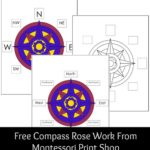 compass but we also printed out this great compass work from Montessori Print Shop. Since we love hands-on learning, we decided to create our own compass. Here is that post.
compass but we also printed out this great compass work from Montessori Print Shop. Since we love hands-on learning, we decided to create our own compass. Here is that post.
Section F is Writing with “Thinking Skills” being listed as the area being targeted. The boys were to list the details of Columbus’ birthday as described in the text. Then list the details from a typical birthday for them. In the student notebook is a Venn diagram where they would list the individual traits for each and the common traits. Great exercise!
Finally, Section G is Independent Reading. At the beginning of the provided student notebook is a reading list. The independent reading section is meant to be just thirty minutes of fun reading. However, this is exactly what they do every night already, so we have modified this a little bit so they can read anything about Christopher Columbus for thirty minutes on Wednesdays and Sundays. We have quite a few Columbus books in our library from coloring books and picture books to exhaustive studies … so they should not run out of material to read for a while. I wrote a post to share our library resources, you can find it here. One other modification I have made is I added in an art component. All of my boys took Drawing this past year as an elective, so on Tuesdays and Thursdays, they are going to spend thirty minutes each day drawing something that is applicable to the subject we are studying. They do not have to complete their drawings the same day or even the same week. I can’t wait to see what they come up with!
We are year-round homeschoolers, however most of the curriculum the boys were working on during the year they have completed. So this curriculum is a great way to keep many of the skills the boys have acquired over the year fresh and to dive into a new subject. In addition to this curriculum, the boys are keeping their math going all year. So their workload is dramatically reduced during the summer. I know some may be wondering why we do this. Well, we quickly realized after that first summer off from homeschooling that it was quite hard to get back into the routine. We decided (with the boys) that we would have a dramatically reduced schedule, but would keep going during the summer months. For me, this curriculum is an experiment. I have been toying with the idea of using an all-inclusive curriculum for a couple of years; one where all the subjects (with the exception of Science and Math) are covered and are integrated. This curriculum may or may not be the right one for an all-inclusive, but this was a great one to test the concept with. I’ll give you more feedback on that as we work through this curriculum. I hope these posts will be a blessing to you and your family! If so, leave me a note!
Until next time….
We are connecting this week with the Ultimate Homeschool Link-up. Be sure to visit them and the other bloggers linked there, they all have GREAT posts! I especially love the Firefly one!
